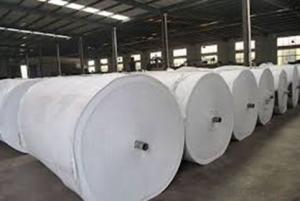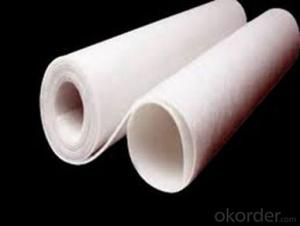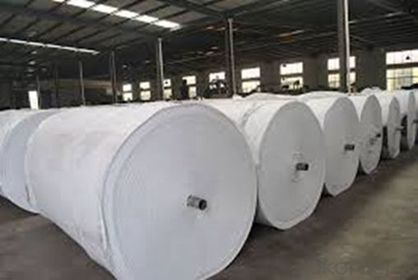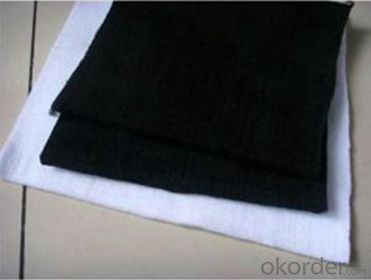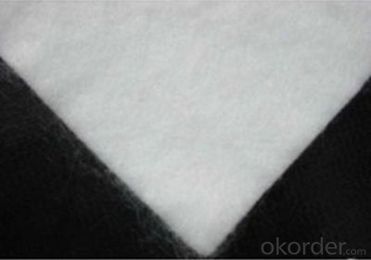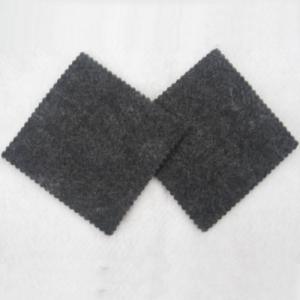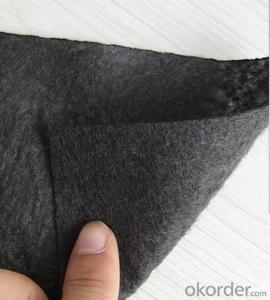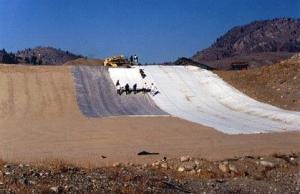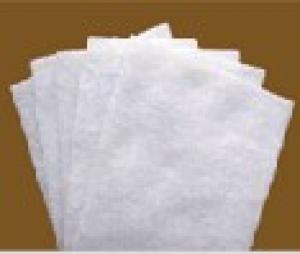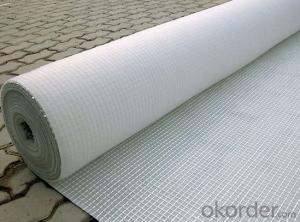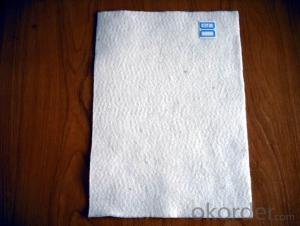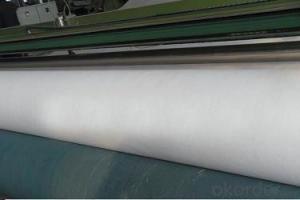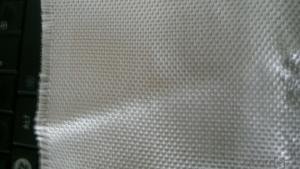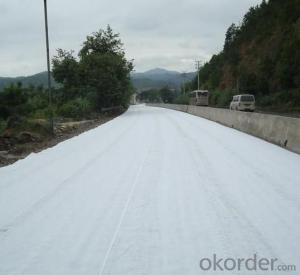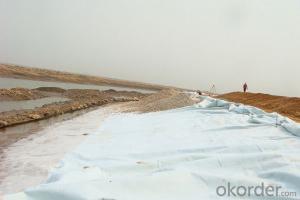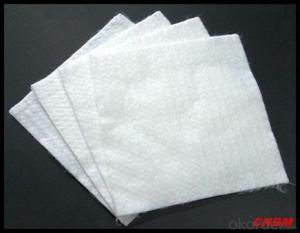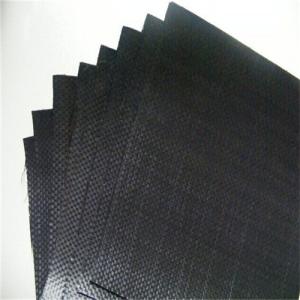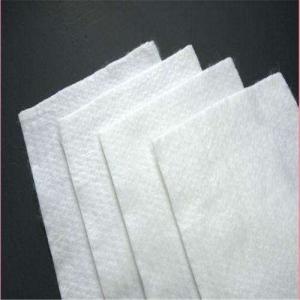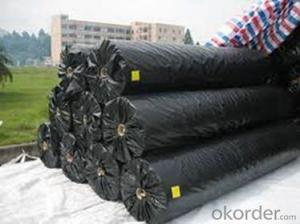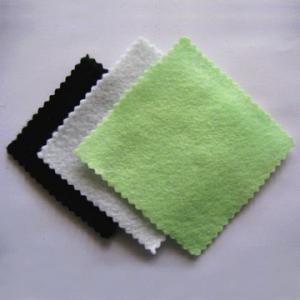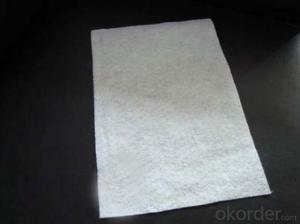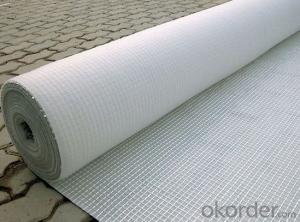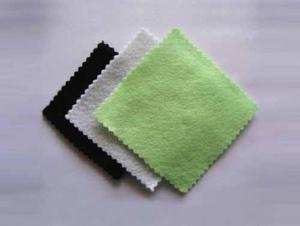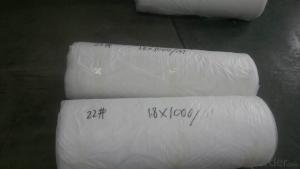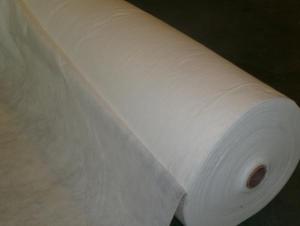Scdot Polyester Geotextile Fabric for Road Construction in China
- Loading Port:
- China main port
- Payment Terms:
- TT OR LC
- Min Order Qty:
- 3000 m²
- Supply Capability:
- 1000000 m²/month
OKorder Service Pledge
OKorder Financial Service
You Might Also Like
Specification
Product Description
Non woven geotextile can be made of polypropylene (PP), or polyester (PET), Polyvinyl or synthetic fiber on needle punch machine. The mass is available from 100gsm/m² to 1000gsm/m² and the width available from 1.0m-6.0m, monolayer or multilayer (reinforcement geotextiles), long fiber or short fiber.
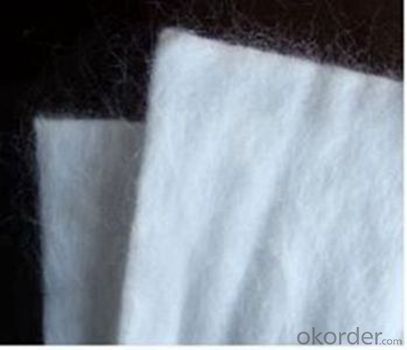
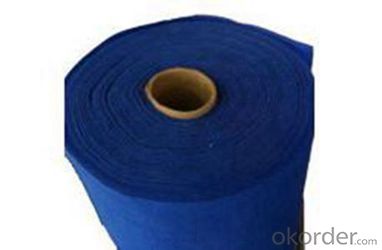
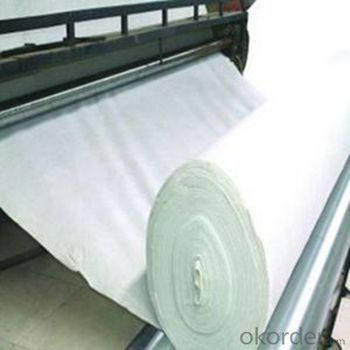
Packaging & Shipping
Packing: PLASTIC FILM INSIDE, AND WOVEN BAG OUTSIDE
Shipping: About 15 days after receipt the deposit
geotextile fabric
permeability,filtration,easy for construction
ISO and CE certificate
Good quality and competitive price
Our Service
Quality assurance
1.On a regular basis or as per your request,we entrust national testing agencies to conduct quality inspections
2. Strictly in accordance with the ISO9001-2008 international quality system standard,we monitor and manage the whole process throughout production,quality testing,and measurement to ensure product quality
3. For quality-related construction delay or substandard construction(except for damage or losses due to customer’s responsibility or irresistible natural disasters),we have refunding,replacement,and repair services.We will respond to customers’ feedbacks on quality issues within 24 hours.
After-sales service
1.In order to provide customers with comprehensive technical support,we will provide technical and other related information upon request in a timely manner.
2.In required,we will appoint specialized technicians to the construction site to give technical trainings to construction people,and offer technical guidance throughout the whole construction process.
3.For damage due to shipment and delivery,after we receive the complaint,we will check the issure through provided pictures and videos.If our responsibility is confirmed,we wil offer free replacement.
4.When the construction is completed,as your request,our technical staff may participate in the final acceptance.
FAQ:
Q: What kind of payments does jenor support?
A: T/T, L/C, Cash are accepted.
Q: Do you charge for the samples?
A: Accordeing to our company policy, the samples are free, we only charge the freight fee. And we will return the freight fee during the next order.
Q: Can you produce according to customers' design?
A: Sure, we are professional manufacturer, OEM and ODM are both welcome.
Q: Do you have other products?
A: Yes, please check the pictures:
- Q: What are the different methods of geotextile installation?
- Some of the different methods of geotextile installation include trenching and backfilling, direct placement, and anchoring. Trenching and backfilling involves excavating a trench, laying the geotextile in the trench, and then backfilling it with soil. Direct placement involves simply placing the geotextile on the intended surface without any additional steps. Anchoring involves fixing the geotextile to the ground using various anchoring techniques such as stakes, pins, or sandbags. These methods can be chosen based on the specific project requirements and site conditions.
- Q: What is geotextile cloth?
- Geogrid, geotextile, geomembrane manufacturers, specializing in the production
- Q: How do geotextiles help with soil reinforcement in retaining walls?
- Geotextiles help with soil reinforcement in retaining walls by acting as a barrier between the soil and the backfill material. They prevent soil erosion and provide stability by distributing the pressure evenly across the wall. Additionally, geotextiles enhance the overall strength and longevity of the retaining wall system.
- Q: What are the specifications for geotextiles used in erosion control tubes?
- The specifications for geotextiles used in erosion control tubes vary depending on the specific requirements of the project. However, common specifications include material type (typically woven or non-woven), tensile strength, permeability, UV resistance, and durability. The geotextiles should be able to retain soil particles while allowing water to pass through, effectively preventing erosion.
- Q: Can geotextiles be used in foundations and retaining walls?
- Yes, geotextiles can be used in foundations and retaining walls. Geotextiles are often used as a separation and filtration layer between the soil and the foundation or retaining wall materials. They can enhance the stability and durability of these structures by preventing soil erosion, improving drainage, and reducing the risk of soil contamination.
- Q: What are the installation guidelines for geotextiles used in erosion control blankets?
- The installation guidelines for geotextiles used in erosion control blankets typically involve several steps. Firstly, the area where the blanket will be installed should be properly prepared by removing any vegetation or debris. The soil surface should be smooth and compacted. Next, the geotextile should be rolled out over the prepared area, ensuring it is properly aligned and overlaps any adjacent sections. It is important to secure the geotextile with stakes or pins to prevent it from shifting during installation. Once the geotextile is in place, it should be covered with an appropriate layer of soil or mulch to provide additional stability and protection. This layer should be evenly distributed and compacted to prevent erosion. Regular maintenance and inspection of the erosion control blanket and geotextile is also necessary to ensure their effectiveness. This may involve checking for any signs of damage, such as tears or rips, and repairing or replacing them as needed. Overall, following the manufacturer's guidelines and best practices for installation will help ensure the geotextiles used in erosion control blankets perform optimally and provide effective erosion control.
- Q: How do geotextiles contribute to environmental sustainability?
- Geotextiles contribute to environmental sustainability by providing erosion control, improving soil stability, and promoting vegetation growth. They help prevent soil erosion by acting as a barrier against the forces of wind and water, reducing the sedimentation of water bodies and preserving the quality of nearby ecosystems. Geotextiles also enhance soil stability by reinforcing weak soils, reducing the need for extensive excavation or replacement. Moreover, they facilitate the establishment of vegetation, promoting biodiversity and restoring natural habitats. Overall, geotextiles play a crucial role in mitigating environmental degradation and supporting sustainable land management practices.
- Q: Bought a roll of geotextiles soon run out, do not know if there is nothing to replace the geotextile material more
- I use a beverage bottle, the beverage bottle cut than the flower pot of the water hole in the above, you can tie some holes on the above.
- Q: How do geotextiles improve the performance of geomembranes?
- Geotextiles improve the performance of geomembranes by acting as a protective barrier that prevents direct contact with the underlying soil or other abrasive materials, thereby reducing the risk of punctures or damage. They also provide additional reinforcement and stability, distributing loads more evenly across the geomembrane. Additionally, geotextiles allow for better water drainage and filtration, preventing the accumulation of water pressure and enhancing the overall performance and longevity of the geomembrane system.
- Q: How about the geotextile pond
- You said to cover the fish pond, I understand is to build the bottom of the fish pond, but the use is not geotextile, but the composite geomembrane, the film is generally two layers of geotextile in the middle of a layer of geomembrane, , And geomembrane on both sides of the geotextile can prevent the bottom of the sharp objects pierced the geomembrane.
Send your message to us
Scdot Polyester Geotextile Fabric for Road Construction in China
- Loading Port:
- China main port
- Payment Terms:
- TT OR LC
- Min Order Qty:
- 3000 m²
- Supply Capability:
- 1000000 m²/month
OKorder Service Pledge
OKorder Financial Service
Similar products
Hot products
Hot Searches
Related keywords
